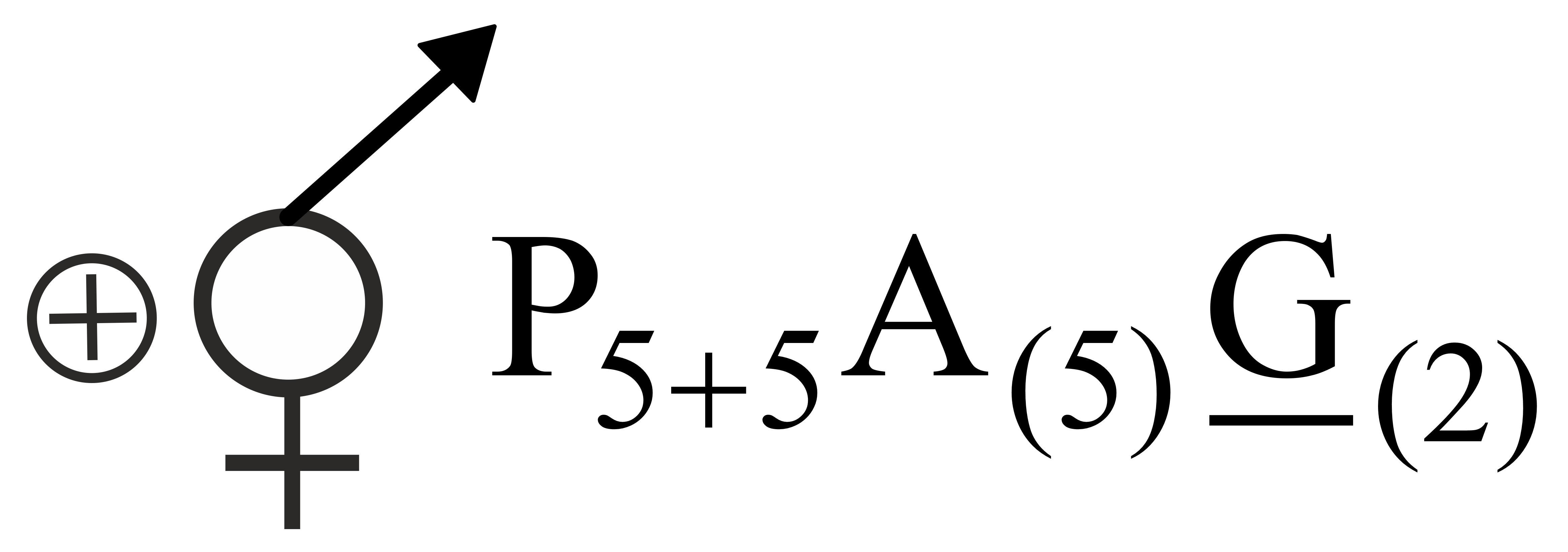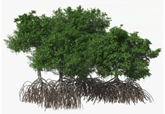MEDIUM
NEET
IMPORTANT
Earn 100
Study carefully the given floral diagram and select the option which correctly represents the related floral formula.
(a)

(b)

(c)

(d)

25% studentsanswered this correctly

Important Questions on Morphology of Flowering Plants
EASY
NEET
IMPORTANT
The floral formula  belongs to the Family
belongs to the Family
MEDIUM
NEET
IMPORTANT
Identify the family which shows the following diagnostic features.
Flowers pentamerous, gynoecium-bicarpellary, syncarpous, ovary placed obliquely, placentation axile, placenta swollen.
EASY
NEET
IMPORTANT
Which of the following floral formulae corresponds to Family Liliaceae?
EASY
NEET
IMPORTANT
Study carefully the given floral diagram and select the option which correctly represents the related floral formula.

MEDIUM
NEET
IMPORTANT
Identify the missing words ( and ) and select the correct option.
| Family | Inflorescence | Flower | Stamens/tepals | Gynoecium |
|---|---|---|---|---|
| Fabaceae | ||||
| Solanaceae | Solitary, axillary or cymose | Actinomorphic | Bicarpellary | |
| Lilliaceae | Solitary, cymose or racemose | Actinomorphic | Tricarpellary | |
| (i) | Racemose | Zygomorphic | Monocarpellary | |
| (ii) | Racemose | Actinomorphic | Bicarpellary | |
| (iii) | Cymose | Zygomorphic | Tricarpellary | |
| (iv) | Cymose | Actinomorphic | Multicarpellary |
EASY
NEET
IMPORTANT
Which of the following is a correct combination of family and its respective members?
EASY
NEET
IMPORTANT
Select the pair which contains monocotyledonous families.
MEDIUM
NEET
IMPORTANT
Roots are modified to perform specific functions other than their normal functions. The given figure shows modification of the roots of mangrove plant. Select the incorrect option regarding it.

